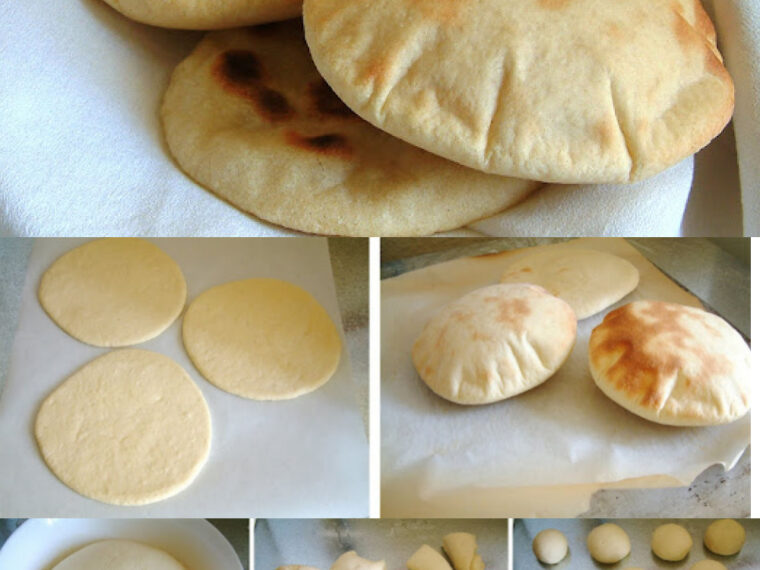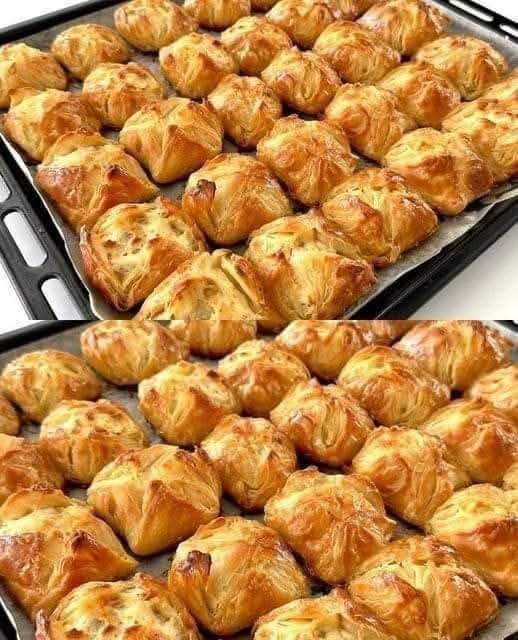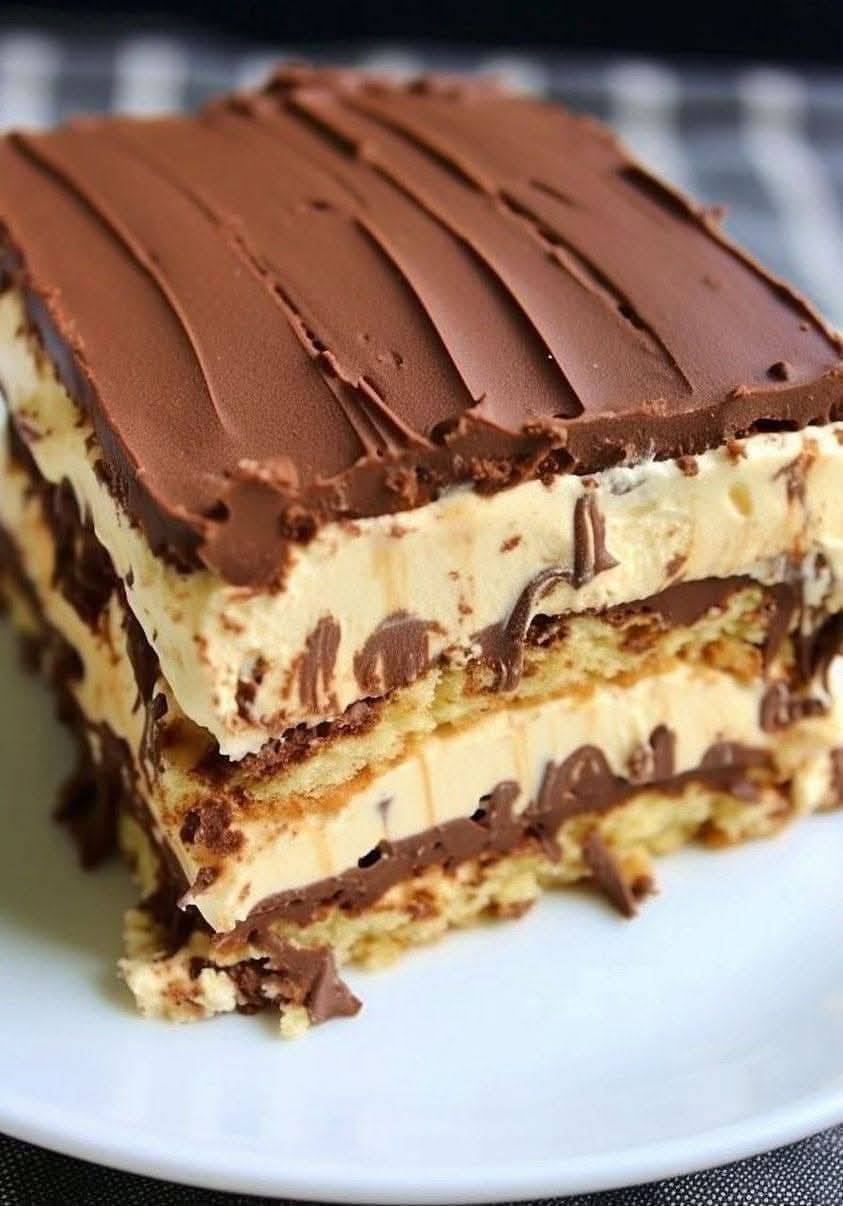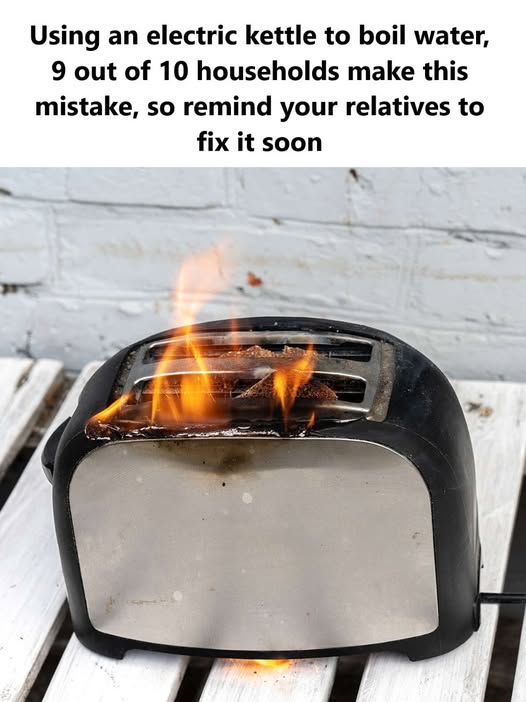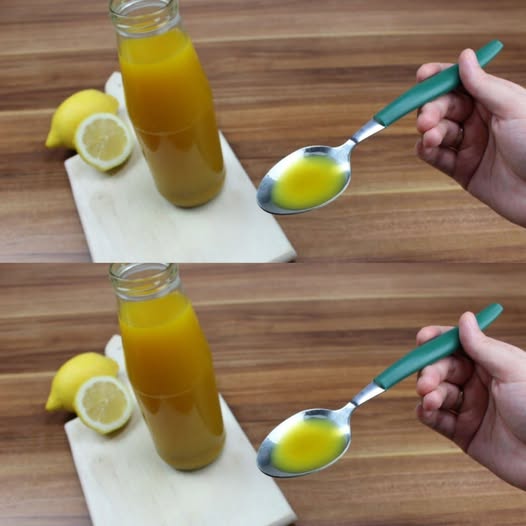- 3 cups (360g) all-purpose flour (or 50% whole wheat for a heartier version)
- 1 teaspoon salt
- 2 teaspoons sugar (optional, but helps with browning)
- 2 teaspoons active dry yeast
- 1 cup warm water (not hot)
- 1 tablespoon olive oil (optional)
Instructions:
1. Activate the Yeast
- In a small bowl, mix the yeast, sugar, and half the warm water.
- Let it sit for 5–10 minutes until foamy. This step ensures your yeast is alive and active.
2. Make the Dough
- In a large bowl, combine flour and salt.
- Add the yeast mixture and the rest of the water gradually.
- Mix until a shaggy dough forms.
- Add the olive oil and knead for about 8–10 minutes until the dough is smooth and elastic. You can do this by hand or with a dough hook.
3. Let It Rise
- Cover the dough with a damp towel or plastic wrap.
- Let it rise in a warm place for 1–1.5 hours, or until it doubles in size.
4. Divide and Shape
- Punch the dough down and divide it into 6–8 equal pieces.
- Roll each piece into a ball, cover, and let rest for 10 minutes.
5. Roll Out
- On a lightly floured surface, roll each ball into a circle about 6–8 inches in diameter and ¼ inch thick.
- Try to keep the thickness even — this helps with puffing.
6. Cook in a Hot Pan
- Heat a dry cast-iron skillet or heavy non-stick pan over medium-high heat.
- Once hot, place a dough circle into the pan.
- Cook for about 30–60 seconds until you see bubbles.
- Flip and cook the other side for another 1–2 minutes.
- Flip again if needed. With a bit of luck and the right temperature, the pita will puff beautifully!
What If It Doesn’t Puff?
Don’t worry — puffing can be tricky at first. Even if your pita doesn’t balloon into a pocket, it will still taste amazing. Here’s how to improve your results:
- High Heat is crucial. Your pan must be hot enough to create steam instantly inside the dough.
- Even Thickness ensures even cooking.
- Moisture in Dough: If your dough is too dry, it won’t steam well. Slightly sticky dough is ideal.
- Resting Time: Let the rolled-out discs rest 5 minutes before cooking to help gluten relax.
And remember — in Lebanon, not all pita has to puff. Many homemade versions are intentionally flat, soft, and perfect for wraps or scooping.
Serving Suggestions
Lebanese pita is incredibly versatile. Here are some delicious ways to enjoy it:
- With Mezze: Scoop up hummus, mutabbal, labneh, or muhammara.
- As Wraps: Fill with grilled chicken, falafel, tabbouleh, or beef shawarma.
- For Breakfast: Serve warm with olive oil and za’atar, or spread with labneh and cucumbers.
- Toasted: Cut into triangles, brush with oil, and toast in the oven for homemade pita chips.
A Cultural Experience in Every Bite
Beyond the recipe, this bread tells a story. A story of tradition passed down from mothers to daughters, from street bakeries to mountain villages. A story of how a basic food becomes sacred through repetition, love, and purpose.
In Lebanese homes, the smell of bread on the stove signals comfort. It brings families together. Children run into the kitchen when they hear the soft puff of pita ballooning in the pan. Elders eat it with olives, fresh mint, and tomatoes. Guests are welcomed with it, meals are wrapped in it, and memories are made around it.
Bread is not just an ingredient in Lebanon — it’s an expression of care.
Why Make It in a Pan?
Most traditional pita is made in extremely hot ovens, often stone or clay, reaching 500–600°F. That’s how you get the iconic puff — the sudden blast of heat turns internal moisture into steam, separating the layers.
But not everyone has a pizza oven at home.
Cooking pita in a dry skillet is the perfect alternative:
- It’s quick.
- No special equipment is needed.
- You can make fresh bread anytime — even for one person.
- It teaches you the rhythm of the dough — a deeper connection to the process.
In many Lebanese homes, making stove-top bread isn’t a shortcut — it’s the tradition.
Final Thoughts: A Return to the Essential
In an age of fast food and industrial baking, returning to the simplicity of homemade bread is a quiet act of resistance — and joy.
Making Lebanese pita in a pan reminds us that some of the best things in life are the simplest: flour, water, warmth, and time. There’s something beautiful about reconnecting with your food at this level, shaping dough with your hands, watching it rise, and feeling the heat of the pan as it transforms.
So next time you’re craving something warm, soft, and soul-satisfying — skip the store-bought. Grab a bowl, some flour, and make your own Lebanese pita, cooked the old-fashioned way.
You might just discover that this simple round of bread carries centuries of culture, and that the act of making it is just as nourishing as eating it.
😊

